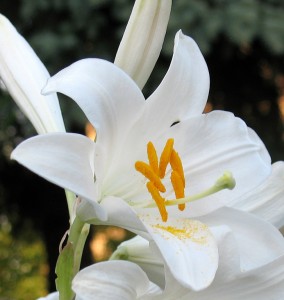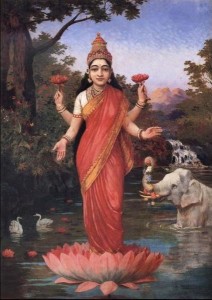
A character in a novel I’m writing is a classic narcissist, and I wondered what his astrological sign would be. Which sign of the zodiac is the most likely to be narcissistic? I gave the subject a lot of thought, and I couldn’t decide.
So I went online. Detecting (and shaming) narcissism is all the rage at the moment, and any fashionable zine-type site has tackled the subject, as have a smaller number of learned astrologers.
What I discovered on the internet confused me even more. There was no consensus, and very few patterns. Aries came up frequently (They’re so self-centered!). Taurus might be thrown in (They think they deserve better!). Gemini was not excluded (They’re so shallow!). Cancer usually gets a pass, but not always (They can be overprotective of family – huh?). Leo gets a lot of press (They’re always the center of attention!). See a pattern? Because I don’t.
Part of the problem is lack of a coherent definition. So many people today “just know” what “everybody knows” and don’t bother to do basic research or define their terms. Which is rather narcissistic, in my book.
So what are we talking about when we say “narcissist”? To me, as a psychotherapist, a narcissist is a person with Narcissistic Personality Disorder. So let’s use that definition.
The hallmark of a true narcissist is insecurity, at a core personal level. They don’t believe they’re good enough, but they think they should be better than other people. “An egomaniac with an inferiority complex,” was how we used to describe it to recovering alcoholics, and they “got it” immediately. A narcissist hides their insecurity from others, and from themselves, in a variety of pathological ways. They might brag about themselves constantly and expect others to go along. They can demand favors and special treatment and become obstreperous when rebuffed. They have poor insight and attribute ill-will from others to jealousy rather than their own behaviors. They are themselves quite envious of other people and fantasize about power, wealth, fame, etc. They don’t work to achieve (or deserve) their grandiose ideals, however, and believe they should be given these things because they are special. They will trample over and exploit others to obtain the public acclaim and status they crave. They are, deep down, complete frauds, and, deep down, they know it.
A narcissist will be a sociable person, because they need constant affirmation, and their worst company is themselves. A nerd working alone at the office late into the evening to get that raise is not a narcissist, nor is the hermit homesteading in the woods, although both could have a high opinion of themselves. A high self-concept with commensurate evidence is not narcissism. Narcissists are often very successful, however, in terms of status or wealth, because they are excellent self-promoters. The book they wrote may be crap, but they know how to market it, because they market themselves every minute of every day. Their tools are flattery, appeal to trendiness, self-praise, and identification of key players in the fame game. They rely on the work and attention of others, but try to take all the credit. They feel empty inside.
Since narcissism is a fairly common personality trait, and arguably becoming more common, it is surprising that an astrological sign cannot be identified with it, even as a “low manifestation” of planetary influences. However common it is becoming, narcissism seems to be a composite of the worst characteristics of the planets that rule the signs. What sign is most likely to be a narcissist? Any of them. It takes a solar system to raise a narcissist. So a narcissist might be an Aries with a self-centered streak who has a poorly aspected Sagittarius moon generating grandiosity, along with an Aquarius influence seeding a disinclination for self-reflection. Or that narcissist might be a Leo with a need for continual applause coupled with a Capricorn low self-esteem and a Pisces tendency to live in fantasy. Or even a Gemini with a dislike of sustained effort together with a Cancer hypersensitivity and a Scorpio sense of victimhood. And contrary to popular belief, your Aries may simply be a person with a secure sense of identity, your Virgo someone who honestly appraises their abilities, or your Taurus someone who works to achieve the finer things in life.
My narcissistic character is going to be a Leo, because he has an interest in cosplay and that sign is often drawn to the theatre. Yes, a lot of people call Leo the narcissist because he gets a lot of attention, but if that bothers you, maybe you are simply jel.



